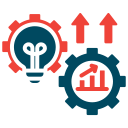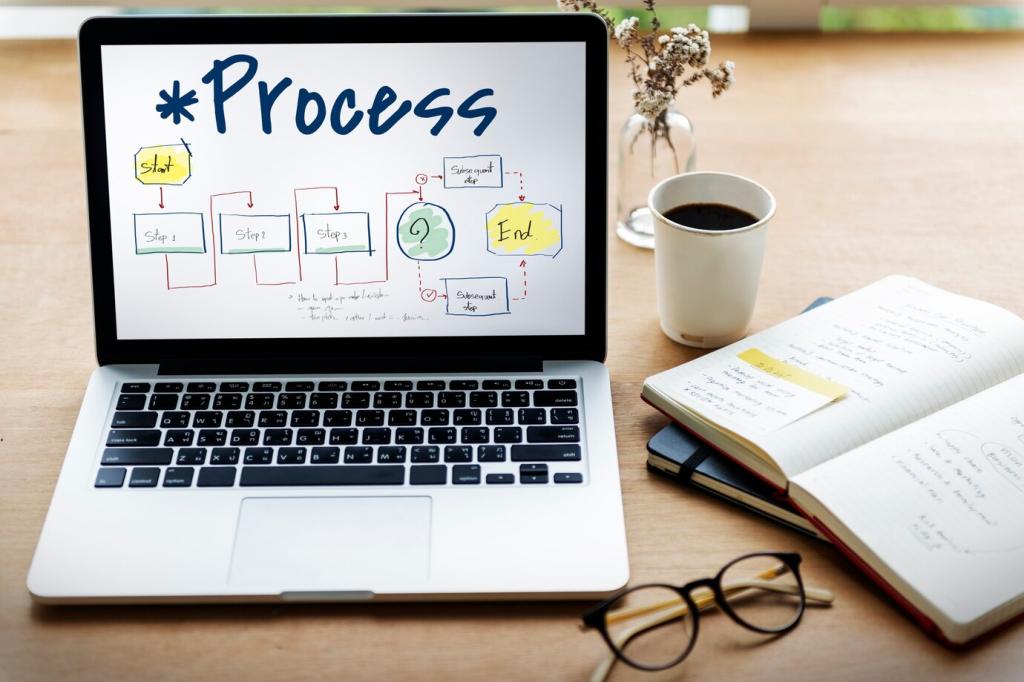Framework Heavyweights: Picking the Engine That Fits Your Team
Flutter’s widget-centric approach, fast hot reload, and robust tooling let teams craft consistent, delightful interfaces across platforms with confidence. The thriving package ecosystem and strong community support speed prototyping and production. Tell us your favorite Flutter plugin and why it earned a permanent place in your stack.
Framework Heavyweights: Picking the Engine That Fits Your Team
React Native leverages JavaScript or TypeScript, a massive library ecosystem, and mature navigation, animation, and state tooling. The Hermes engine improves startup performance, while Flipper streamlines debugging. Share your must-have libraries and your go-to pattern for mixing native modules with React Native components.





